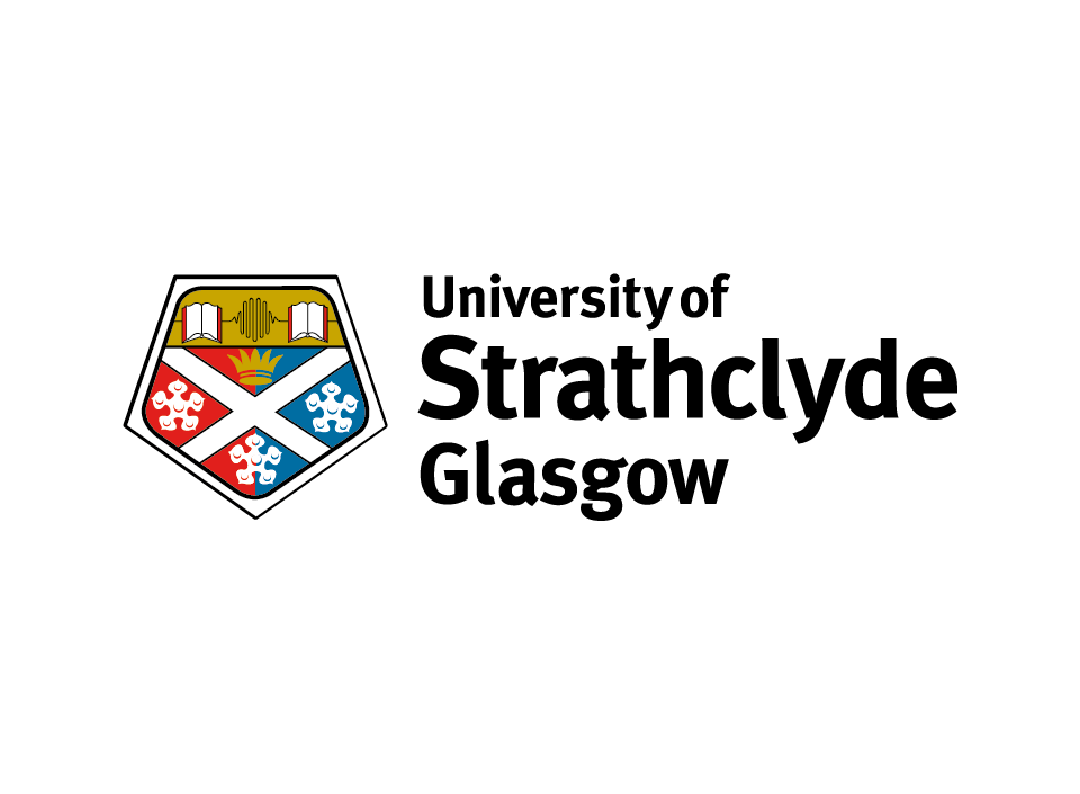Monitoring Asset Energy Usage Remotely

It takes energy to make energy, and the energy sector, including renewables, relies on a large amount of energy to operates numerous, specialist assets in order to maximise output.
Understanding how these tools and pieces of equipment work and how they themselves consume power is critical to ensuring efficiency; for end users as well as the companies which service them, paying for an asset which is inefficient can be extremely costly. Monitoring is the answer – but on remote sites, the connectivity challenge is critical.
The answer is hybrid connectivity – utilising a solution that can provide connectivity anywhere on earth as it can tap into different kinds of backhaul. For example, if cellular is unavailable, satellite can kick in.
So why is monitoring energy usage on assets so important – and how can hybrid connectivity enable that?
- Enhanced Monitoring for Informed Decision-Making
Hybrid connectivity can integrate various monitoring systems, such as IoT devices and cloud-based platforms, allowing real-time data collection and analysis. The ability to utilise cellular and multiple satellite backhaul maximises uptime – critical for enterprises that require constant flow of information on equipment, whether that’s at a remote onshore renewables site or on a large construction project. Taking advantage of a resilient, reliable communications solution ensures energy service companies can remotely monitor assets, enabling them to make informed decisions about energy consumption. By identifying inefficiencies and anomalies promptly, businesses can save significant amounts of money that would otherwise be wasted on unnecessary energy usage.
- Reduced Energy Waste and Costs
One of the most significant advantages of hybrid connectivity is its ability to pinpoint energy waste in near-real-time. For energy service companies, this translates to immediate cost-saving opportunities for their clients. By detecting energy-hungry assets or inefficient processes, companies can take corrective actions swiftly, ensuring that every penny spent on energy is put to good use, without the need for timely or expensive manual trips.
- Lower Emissions
The energy transition requires action right throughout the supply chain. Hybrid connectivity doesn't just help businesses save money; it also aids in reducing carbon footprints. By optimizing energy usage, emissions are lowered, contributing to a more sustainable future. Energy service companies can proudly offer their clients eco-friendly solutions, attracting environmentally conscious customers and positioning themselves as leaders in the transition to green energy.
How can Krucial help?
Krucial CONNECT provides a drop-in private network to quickly and securely digitize any location or asset in hours. Just plug in and connect Industrial IoT devices to monitor assets remotely. The solution automatically switches between cellular and satellite mode to provide coverage anywhere 24/7. If the cell network fails, satellite kicks in. If the power goes down – or mains power simply isn’t an option – it is designed to work off-grid. Furthermore, using an API means Krucial can integrate any data collected seamlessly with existing business systems, software providers and insights dashboards all without vendor lock-in, making the adoption of new resilient communications quick and easy.
For energy service and tool providers, this means that Krucial CONNECT can illuminate exactly how an asset is used even in the most remote areas on earth – and lead to an improved overview of all equipment in the field.
Share this article
Interested in utilizing hybrid connectivity to remotely monitor asset usage? Fill in the form below and one of the team will be in touch.
Recent Posts
Archives
- May 2023 (8)
- June 2023 (8)
- July 2023 (6)
- August 2023 (6)
- March 2023 (5)
- September 2023 (5)
- September 2024 (5)
- October 2024 (5)
- November 2024 (5)
- October 2022 (4)
- November 2022 (4)
- February 2024 (4)
- May 2022 (3)
- July 2022 (3)
- August 2022 (3)
- September 2022 (3)
- February 2023 (3)
- October 2023 (3)
- November 2023 (3)
- March 2024 (3)
- April 2024 (3)
- May 2024 (3)
- August 2024 (3)
- January 2025 (3)
- February 2025 (3)
- May 2021 (2)
- July 2021 (2)
- October 2021 (2)
- February 2022 (2)
- March 2022 (2)
- June 2022 (2)
- December 2023 (2)
- December 2024 (2)
- June 2019 (1)
- March 2020 (1)
- July 2020 (1)
- September 2020 (1)
- October 2020 (1)
- March 2021 (1)
- June 2021 (1)
- September 2021 (1)
- December 2022 (1)
- January 2023 (1)
- April 2023 (1)
- January 2024 (1)
- July 2024 (1)
Proud to be supported by








